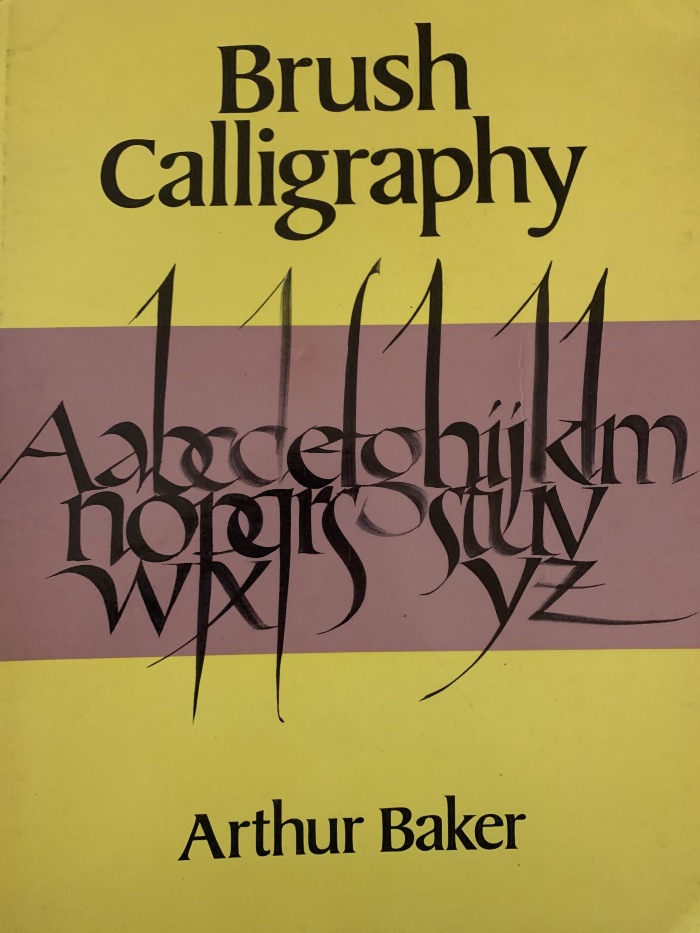Collections
Brush calligraphy / Arthur Baker
Books
REF.CL.2417
89 p. : chiefly ill. ; 31 cm.
1984
The graceful, hand-painted inscriptions of the Roman scribes of the first century A.D., after having been lost for many centuries, were rediscovered with the excavation of Pompeii beginning in 1763. In the intervening years, the stone-chiseled letters of Roman monuments, lacking the freedom and spontaneity of the brush, served as the basis for Western alphabets. Now, Arthur Baker, noted student and teacher of calligraphy, has recaptured the grace and flowing form of these early, brush-painted Roman letters, and has reinterpreted later calligraphic developments in a flexible style made possible by the freedom of the brush. He explores this freedom even further by creating his own, semiabstract compositions based on the alphabet - compositions that escape the confines of A through Z. In 44 double-page black-and-white spreads, students, artists, and connoisseurs of calligraphy can study Baker's skilled hand as he creates variations on both upper- and lower-case letters, using a flat-edged brush to achieve a remarkable, free-form style. Letters are rendered in large, swirling strokes, resembling the refined beauty of Oriental calligraphy. But Arthur Baker's use of a broad-edged brush allows him to experiment with a wider range of techniques than possible with the pointed brush of the East. The large size of the letters enables the student calligrapher carefully to examine each spontaneous, yet disciplined stroke. Students of calligraphy who master the techniques illustrated by Arthur Baker in this collection will impressively expand their lettering repertory; artists and designers will find much inspiration in these striking designs.
